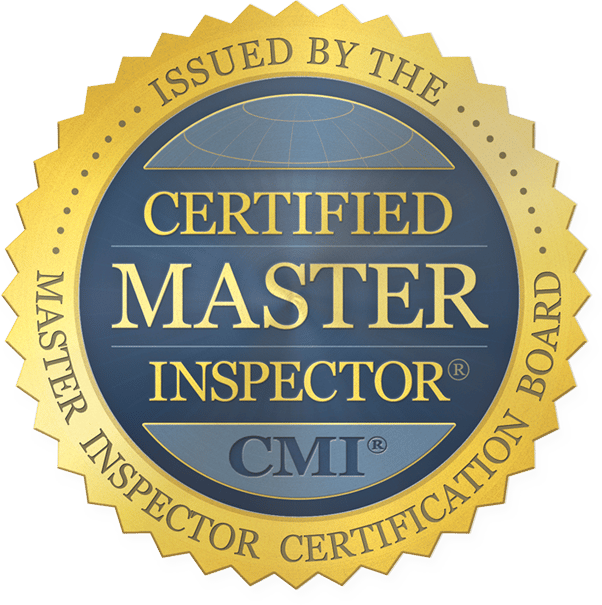Expert Guide to Detecting Mold in Your Home
 Mold can be a serious household problem that can cause health issues if left unchecked. In this expert guide, we’ll show you how to detect mold in your home and take the necessary steps to address the problem. Our guide covers the risks of mold exposure, where mold commonly grows in homes, signs of mold infestation, and how to address mold growth. We also emphasize the importance of hiring a professional mold inspector to ensure safe and effective mold removal. By taking these steps to address mold growth, you can protect your family’s health and maintain the value of your home.
Mold can be a serious household problem that can cause health issues if left unchecked. In this expert guide, we’ll show you how to detect mold in your home and take the necessary steps to address the problem. Our guide covers the risks of mold exposure, where mold commonly grows in homes, signs of mold infestation, and how to address mold growth. We also emphasize the importance of hiring a professional mold inspector to ensure safe and effective mold removal. By taking these steps to address mold growth, you can protect your family’s health and maintain the value of your home.
Understanding Mold and Its Risks
Mold is a type of fungus that grows in damp and humid environments. It can be found both indoors and outdoors and can spread rapidly if left untreated. Mold releases airborne spores, which can cause respiratory problems, allergic reactions, and other health issues. Exposure to mold can be particularly harmful to children, the elderly, and individuals with pre-existing health conditions. Additionally, mold can cause structural damage to your home, decreasing its value and making it less safe to live in. That’s why it’s important to be proactive in detecting and addressing mold growth early on. In the next sections of our guide, we’ll show you where mold commonly grows in homes, how to identify signs of mold infestation, and the steps you can take to address mold growth and minimize health risks. By being aware of the risks associated with mold and taking the necessary steps to address it, you can ensure the health and safety of your family and the long-term value of your home.
Common Places for Mold Growth
Mold can grow in any area of the home where moisture is present. Some of the most common areas where mold grows include bathrooms, kitchens, basements, attics, and crawl spaces. In these areas, humidity and moisture can accumulate, creating the perfect environment for mold growth. Mold can grow on any surface that has sustained water damage or has been exposed to moisture for an extended period of time. In this section, we’ll provide more information on the common areas where mold grows and what you can do to prevent it from growing in your home.Signs of Mold Infestation
Mold growth is not always easy to detect, and it can grow in hidden areas of your home. However, there are several signs that can indicate the presence of mold. These signs include a musty odor, visible mold growth, stains or discoloration on walls or ceilings, and allergic reactions such as sneezing and coughing. In this section, we’ll provide a more detailed overview of these signs and explain why it’s essential to address mold growth as soon as possible. By being aware of the signs of mold infestation, you can take proactive steps to address the problem and minimize health risks for you and your family.How to Address Mold Infestation
If you suspect that mold is present in your home, it’s essential to take immediate action to address the problem. The first step is to identify the source of moisture and repair it to prevent mold from growing back. Then, you can treat the affected area using a solution of water and bleach, scrubbing the moldy area thoroughly and drying it completely. If the mold has spread to materials such as carpets, drywall, or insulation, it may be necessary to remove these materials and replace them with new ones. In this section, we’ll provide a more detailed guide on how to address mold infestation, including step-by-step instructions and safety precautions. We’ll also emphasize the importance of hiring a professional mold inspector to ensure that the problem is fully resolved and the health and safety of your family are protected. By taking the necessary steps to address mold infestation, you can ensure the long-term value of your home and maintain a safe and healthy living environment for you and your loved ones.Prevention Tips to Avoid Mold Infestation
Preventing mold growth is much easier than dealing with a mold infestation. There are several preventive measures you can take to avoid mold growth in your home. For example, you can control the humidity levels in your home by using dehumidifiers or air conditioners, fixing any leaks or water damage as soon as possible, and ensuring proper ventilation in areas like the bathroom and kitchen. Additionally, regular cleaning and maintenance of your home can prevent the buildup of mold and other harmful bacteria. In this section, we’ll provide more information on prevention tips to avoid mold infestation, including practical steps you can take to protect your home from mold growth. By following these tips, you can maintain a healthy living environment for you and your family and prevent costly repairs down the line.Hiring a Professional
While it’s possible to address mold infestation on your own, it’s often best to hire a professional mold inspector to ensure that the problem is fully resolved. Professional mold inspectors have the knowledge and tools necessary to accurately detect and identify mold growth in your home, even in hidden or hard-to-reach areas. They can also provide guidance on safe and effective mold removal methods, such as using eco-friendly cleaning products and wearing protective gear. By hiring a professional, you can have peace of mind knowing that your home is being inspected and treated by experts in the field. In this section, we’ll provide more information on the benefits of hiring a professional mold inspector, including how they can help protect the health and safety of you and your family. We’ll also discuss how to find a reliable and trustworthy mold inspector in your area. By working with a professional, you can ensure that your home is free from mold and other harmful contaminants.SCHEDULE YOUR INSPECTION TODAY
Trident Inspection Group values integrity, honesty, and transparency as we help you make one of the most important decisions of your life. In addition to home inspections, we offer commercial inspections, chimney inspections, termite inspections, and more. Contact us today at (714) 332-6689 to request a quote or schedule your inspection. We serve customers throughout Orange County and the surrounding areas of Southern California including Los Angeles, Riverside, Anaheim, Mission Viejo, and Irvine.



